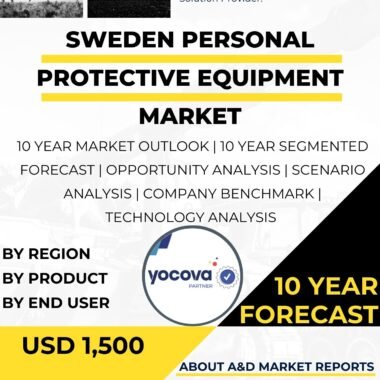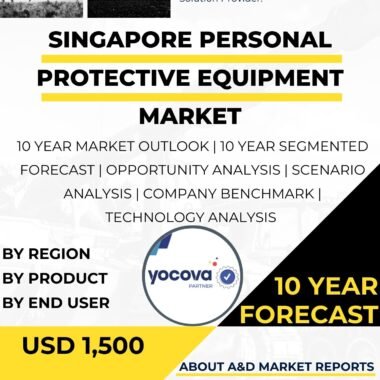Description
Personal Protective Equipment (PPE) is a critical component of Canada’s defense against various hazards, including biological, chemical, radiological, and physical threats. As a modern and technologically advanced nation, Canada places great emphasis on the availability and effective use of PPE to protect its citizens, healthcare workers, emergency responders, and military personnel from potential risks. The adoption of advanced and reliable PPE enhances Canada’s preparedness to respond to emergencies, pandemics, and other hazardous situations, safeguarding public health and national security.
PPE encompasses a wide range of equipment designed to protect individuals from exposure to hazardous substances and environments. This equipment includes items such as respirators, gloves, masks, protective clothing, goggles, face shields, and helmets. Each type of PPE is tailored to address specific hazards and provide the necessary protection for different scenarios.
One of the primary applications of PPE in Canada is in the healthcare sector. During public health emergencies, such as pandemics or disease outbreaks, healthcare workers require specialized PPE to prevent the spread of infectious agents and protect themselves while caring for patients. PPE, such as N95 respirators, surgical masks, gowns, and gloves, plays a vital role in reducing the risk of transmission and ensuring the safety of healthcare personnel on the frontline.
Moreover, PPE is essential for emergency responders, including firefighters, law enforcement, and hazmat teams. These professionals encounter hazardous situations, including chemical spills, fires, and accidents, where they require specialized PPE to shield them from exposure to dangerous substances and conditions. Protective clothing, respirators, and other equipment enable emergency responders to carry out their duties safely and effectively.
In addition to protecting individuals in civilian settings, PPE is crucial for the Canadian Armed Forces (CAF) to safeguard military personnel during deployments and operations. Military personnel may encounter various threats, including chemical, biological, and radiological agents, as well as ballistic and blast hazards. Specialized military-grade PPE, such as gas masks, body armor, and blast-resistant clothing, is designed to provide multi-layered protection and enhance the survivability of soldiers in challenging environments.
The Canadian defense industry actively participates in the development and production of advanced PPE. Collaborations with domestic companies, research institutions, and international partners facilitate knowledge sharing and technology transfer, positioning Canada at the forefront of PPE innovation.
To ensure the reliability and effectiveness of PPE, rigorous testing and certification processes are employed during its development and distribution. Regulatory authorities, such as Health Canada and the Canadian Standards Association (CSA), set stringent standards for PPE to meet specific performance criteria and safety requirements.
Ethical considerations are paramount in the use of PPE, particularly concerning the equitable distribution of PPE during public health emergencies. The Canadian government and healthcare authorities strive to ensure that PPE is accessible to all frontline workers and those at high risk of exposure.
The integration of advanced materials and technologies is an ongoing trend in the Canadian PPE market. Innovations in materials science, nanotechnology, and biotechnology contribute to the development of more advanced and lightweight protective equipment.
Furthermore, research and development in smart textiles and wearable technologies explore the incorporation of sensors and data monitoring capabilities into PPE, allowing for real-time health and safety monitoring of wearers.
Canada’s commitment to PPE extends beyond its domestic needs. The country actively participates in international collaborations and partnerships to share best practices, coordinate responses to global health emergencies, and contribute to the collective effort in addressing public health and security challenges.
In conclusion, Personal Protective Equipment (PPE) is a critical component of Canada’s defense against various hazards, providing protection to citizens, healthcare workers, emergency responders, and military personnel. PPE is essential in healthcare settings during pandemics and disease outbreaks, ensuring the safety of frontline workers while caring for patients. Additionally, PPE is crucial for emergency responders and military personnel encountering hazardous situations and hostile environments. The Canadian defense industry’s commitment to research and development continues to advance PPE technology, positioning the country at the forefront of innovation. Rigorous testing and certification processes ensure the reliability and effectiveness of PPE. Ethical considerations prioritize equitable distribution and accessibility of PPE during public health emergencies. The integration of advanced materials and wearable technologies further enhances the efficiency and intelligence of PPE. Additionally, Canada fosters international collaborations to address global health and security challenges collectively. As technology continues to evolve, PPE will remain a critical element of Canada’s defense preparedness, safeguarding public health and national security.




